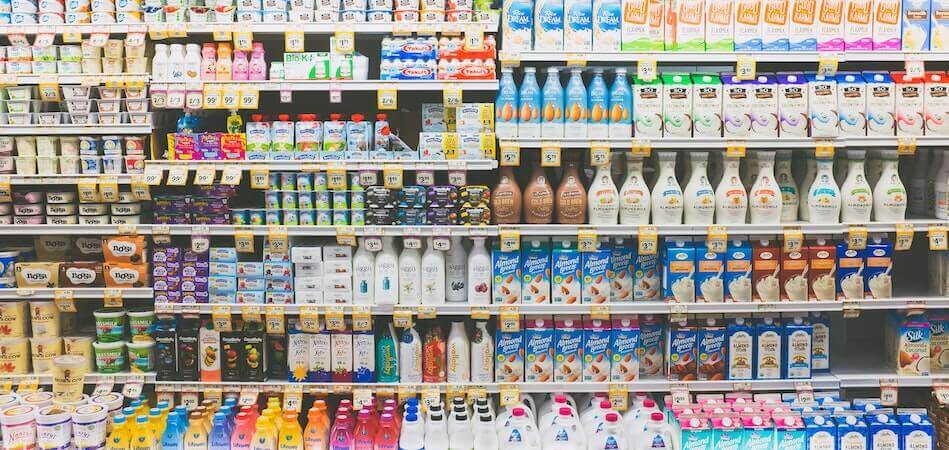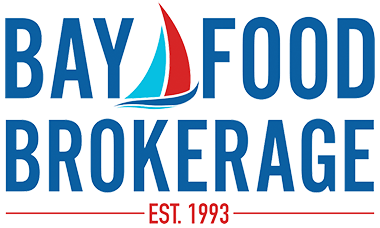
As a retail food broker that has been in the industry for nearly 30 years, we’ve seen the following scenario many times.
A food manufacturer’s sales team goes in to pitch a new product to a major retailer. The product is great, in almost all aspects. But there’s one small thing – like the package is one-half inch too long – that causes the retailer to turn it down.
Retailers that are considering whether to carry new items in their stores place significant value on effective food packaging. This is because product packaging impacts everything from the retailer’s merchandising to sales to labor.
So, when manufacturers prepare to pitch a new product to a retailer, it’s critical they understand what the retailer is looking for in the packaging. As a retail food broker, this is something we help our food manufacturer clients work through as we prepare for category reviews and pitch sessions.
Here are the top six questions about food packaging that retailers ask themselves when considering whether to carry a new product.
1. Where in the store would the product be sold?
Some retailers have a very flexible approach to how and where products are displayed in their stores. Others are more rigid in their display requirements. So, while one retailer may allow for a special display of hanging products near the deli, another may want to sell the same product on a shelf in the center store.
This means that before manufacturers design product packaging, it’s important to understand where the retailers would display the product in their stores. If you’re working with a retail food broker, bring them in to the package design process early on. Their experts should be able to share insights on display preferences of the retailers you want to target.
2. Would the product fit available shelf size?
Linear footage and depth of shelf-space is a store’s real estate, and retailers must make the most of every inch. This means retailers need to know if the product you’re pitching will fit on their shelves. Brownie points go to effective food packaging that maximizes shelf-space. For example, a square package may allow for more on-shelf items than its competitors’ round packaging.
A retail food broker can help food manufacturers understand retailers’ shelf sizes and ideal dimensions for product packaging.
3. Can the product be displayed horizontally and vertically?
Retailers like to have options when it comes to displaying a product. Food products that retailers can stack both horizontally and vertically on shelves are more appealing than those that they can displaye only one way.
Again, bringing a retail food broker into the package design process early on can help manufacturers consider options that allow for multiple retail display possibilities.
4. Are the attributes prominently listed on the package?
Data shows product attributes can play a large part in consumers’ buying decisions. So, retailers want to see attributes listed on the front of products, not the back. And bonus points go to products that also list attributes on a side of the package to allow for vertical and horizontal display options, as described above.
That means it’s important to list attributes on your products’ packaging where consumers can easily see them, especially those that differ from your competitors’.
5. Is the packaging material appealing to consumers?
Consumer preferences show a distinct leaning toward manufacturers and brands that practice sustainability. Because of this, retailers are particularly interested in products that use less material and eco-conscious materials. For example, this would include packaging that consumers can recycle.
In addition, packaging that’s convenient for consumers is also appealing to retailers. For example, if the consumer has to microwave the product, can you package it in a microwavable container? Or, if the customer probably won’t consume the product in one sitting, can they reseal the package?
A retail food broker with the right technology partners can help manufacturers stay up-to-speed on the latest consumer trends, which, in turn, drives retailer preferences.
6. Is the case pack ideal for the store?
Retailers want products to arrive at the store in master cases that allow them to put all items in the box out on shelves at once. A master case (also called “case pack”) with too many units is problematic for the retailer. First of all, there typically isn’t room in the back of a grocery store to stock inventory that won’t fit on the shelves. Secondly, items with a short shelf-life need to all go out on shelves immediately to ensure they sell before expiration. Also, getting products in a master case out all at once reduces the labor involved in the re-stocking process.
Generally speaking, manufacturers should deliver perishable products to stores in master cases of six items. And they should pack frozen and center store products according to the number of items that can fit on the shelf at one time. The right grocery broker partner will be able to help you determine how many items will fit on the shelf at the retailers you’re targeting. And this will help you decide how many items to include in your master case.
